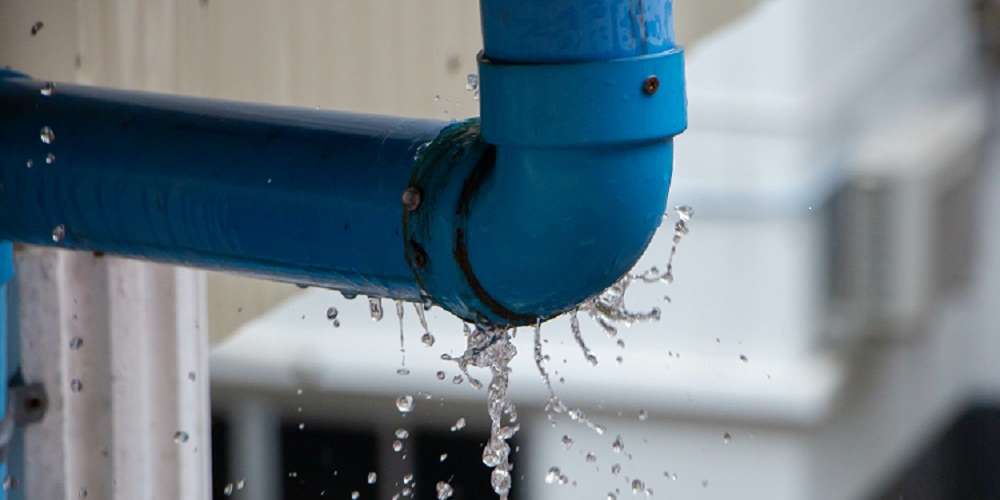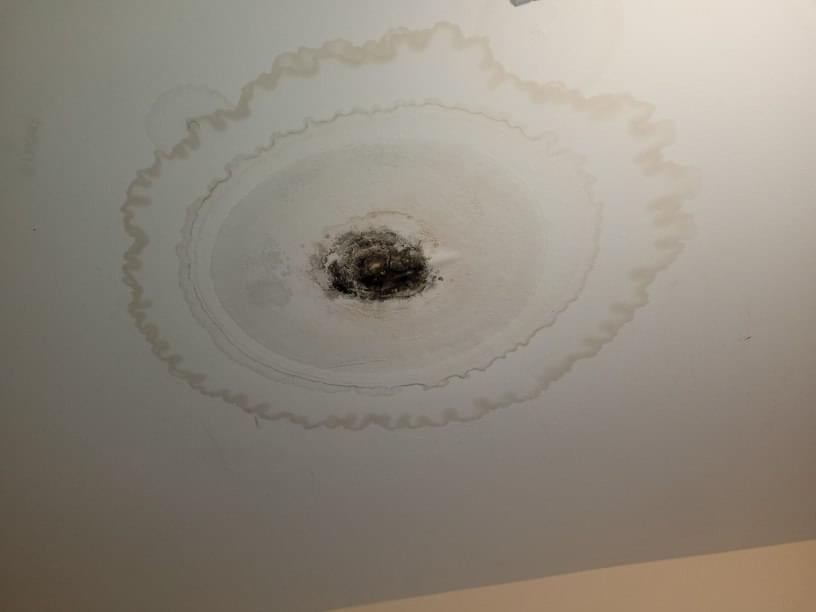What are your opinions on Leaking water lines?

Early detection of leaking water lines can minimize a prospective disaster. Some tiny water leakages may not be noticeable.
1. Take A Look At the Water Meter
Every house has a water meter. Inspecting it is a surefire way that helps you find leakages. For starters, turn off all the water resources. Make sure no one will certainly flush, use the faucet, shower, run the washing maker or dish washer. From there, go to the meter as well as watch if it will certainly alter. Considering that no one is using it, there should be no movements. If it relocates, that suggests a fast-moving leak. If you spot no modifications, wait a hr or 2 and also inspect back again. This means you might have a sluggish leakage that might also be below ground.
2. Inspect Water Consumption
Evaluate your water expenses as well as track your water usage. As the one paying it, you must observe if there are any discrepancies. If you identify sudden changes, in spite of your intake coinciding, it suggests that you have leakages in your plumbing system. Remember, your water expense should fall under the same range each month. A sudden spike in your bill shows a fast-moving leak.
On the other hand, a steady boost every month, despite having the exact same behaviors, shows you have a slow leakage that's likewise slowly rising. Call a plumber to completely examine your building, particularly if you really feel a cozy area on your flooring with piping beneath.
3. Do a Food Coloring Test
When it comes to water consumption, 30% comes from bathrooms. If the color somehow infiltrates your bowl during that time without flushing, there's a leakage in between the storage tank and dish.
4. Asses Exterior Lines
Do not forget to inspect your exterior water lines as well. Examination faucets by affixing a garden tube. Ought to water seep out of the connection, you have a loose rubber gasket. Change this and make certain all links are tight. It will assist obtain it professionally took a look at and preserved annually if you have actually got a lawn sprinkler system. One small leakage can lose lots of water and spike your water costs.
5. Evaluate the scenario and also check
Homeowners ought to make it a behavior to examine under the sink counters and also also inside cupboards for any kind of bad odor or mold growth. These two red flags suggest a leak so punctual attention is required. Doing routine assessments, even bi-annually, can conserve you from a significant issue.
Inspect for stainings as well as compromising as the majority of home appliances and also pipes have a life expectancy. If you suspect leaking water lines in your plumbing system, do not wait for it to escalate.
Early discovery of leaking water lines can reduce a potential disaster. Some tiny water leakages may not be visible. Inspecting it is a guaranteed way that aids you find leakages. One tiny leakage can throw away tons of water and increase your water bill.
If you presume leaking water lines in your plumbing system, do not wait for it to rise.
WARNING SIGNS OF WATER LEAKAGE BEHIND THE WALL
PERSISTENT MUSTY ODORS
As water slowly drips from a leaky pipe inside the wall, flooring and sheetrock stay damp and develop an odor similar to wet cardboard. It generates a musty smell that can help you find hidden leaks.
MOLD IN UNUSUAL AREAS
Mold usually grows in wet areas like kitchens, baths and laundry rooms. If you spot the stuff on walls or baseboards in other rooms of the house, it’s a good indicator of undetected water leaks.
STAINS THAT GROW
When mold thrives around a leaky pipe, it sometimes takes hold on the inside surface of the affected wall. A growing stain on otherwise clean sheetrock is often your sign of a hidden plumbing problem.
PEELING OR BUBBLING WALLPAPER / PAINT
This clue is easy to miss in rooms that don’t get much use. When you see wallpaper separating along seams or paint bubbling or flaking off the wall, blame sheetrock that stays wet because of an undetected leak.
BUCKLED CEILINGS AND STAINED FLOORS
If ceilings or floors in bathrooms, kitchens or laundry areas develop structural problems, don’t rule out constant damp inside the walls. Wet sheetrock can affect adjacent framing, flooring and ceilings.
https://www.servicemasterbyzaba.com/blog/how-to-detect-water-leakage-in-walls/

Do you like more info about Top leak detection hacks? Post a review further down. We will be interested to hear your opinions about this write-up. In hopes that you come back again soon. Are you aware of another individual who is in the market for the topic? Why not share it. Thanks for your time. Visit again soon.